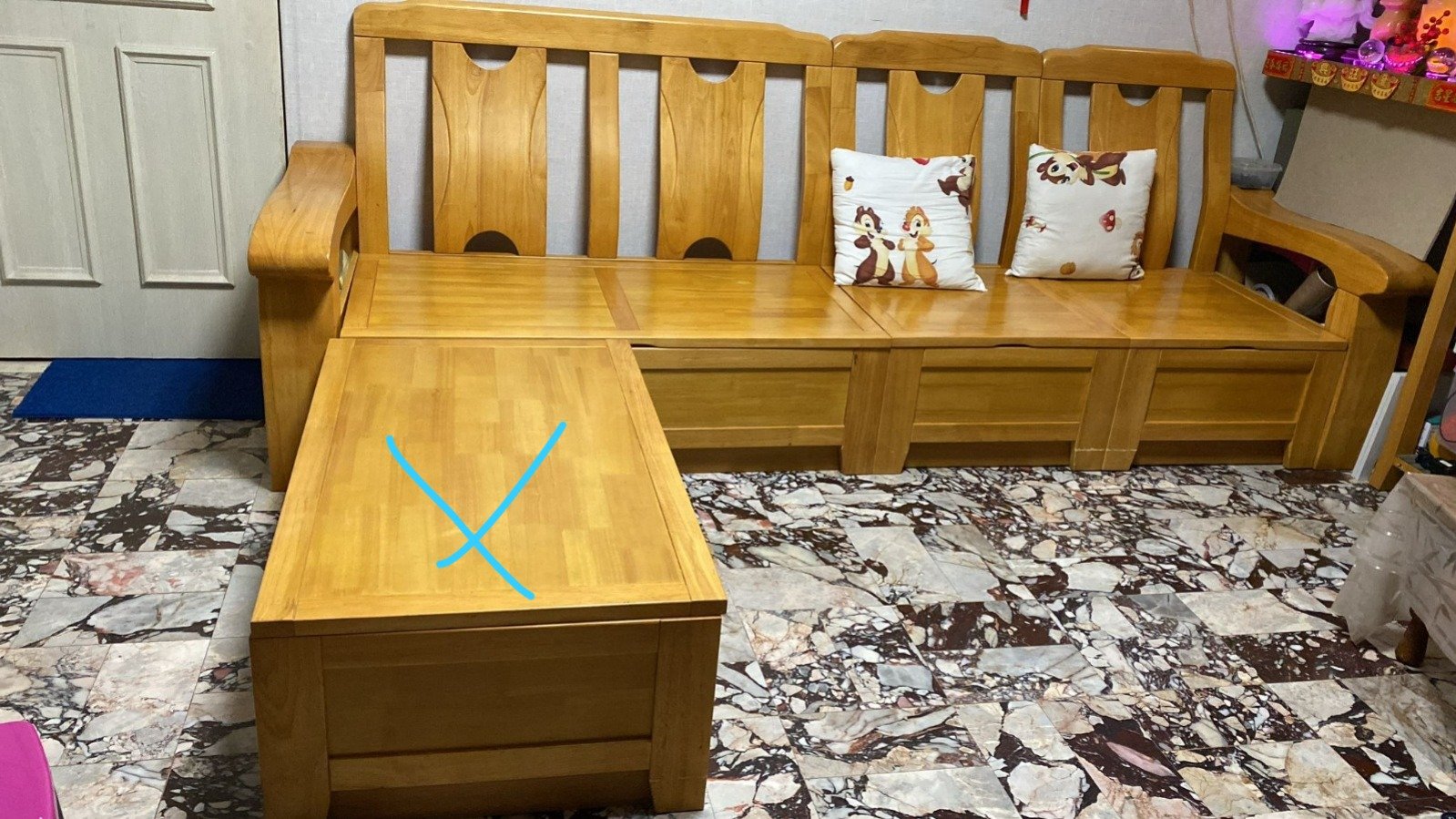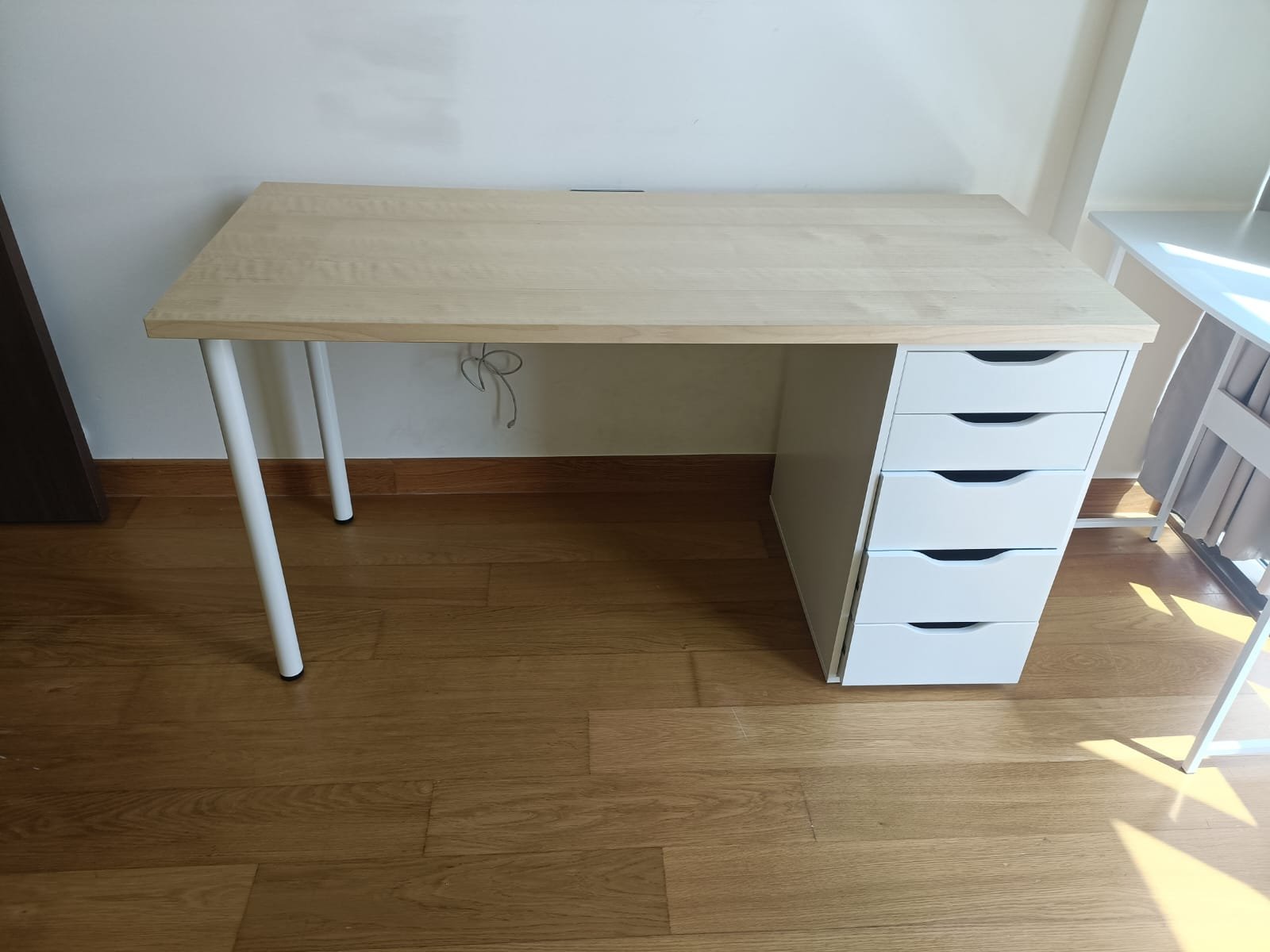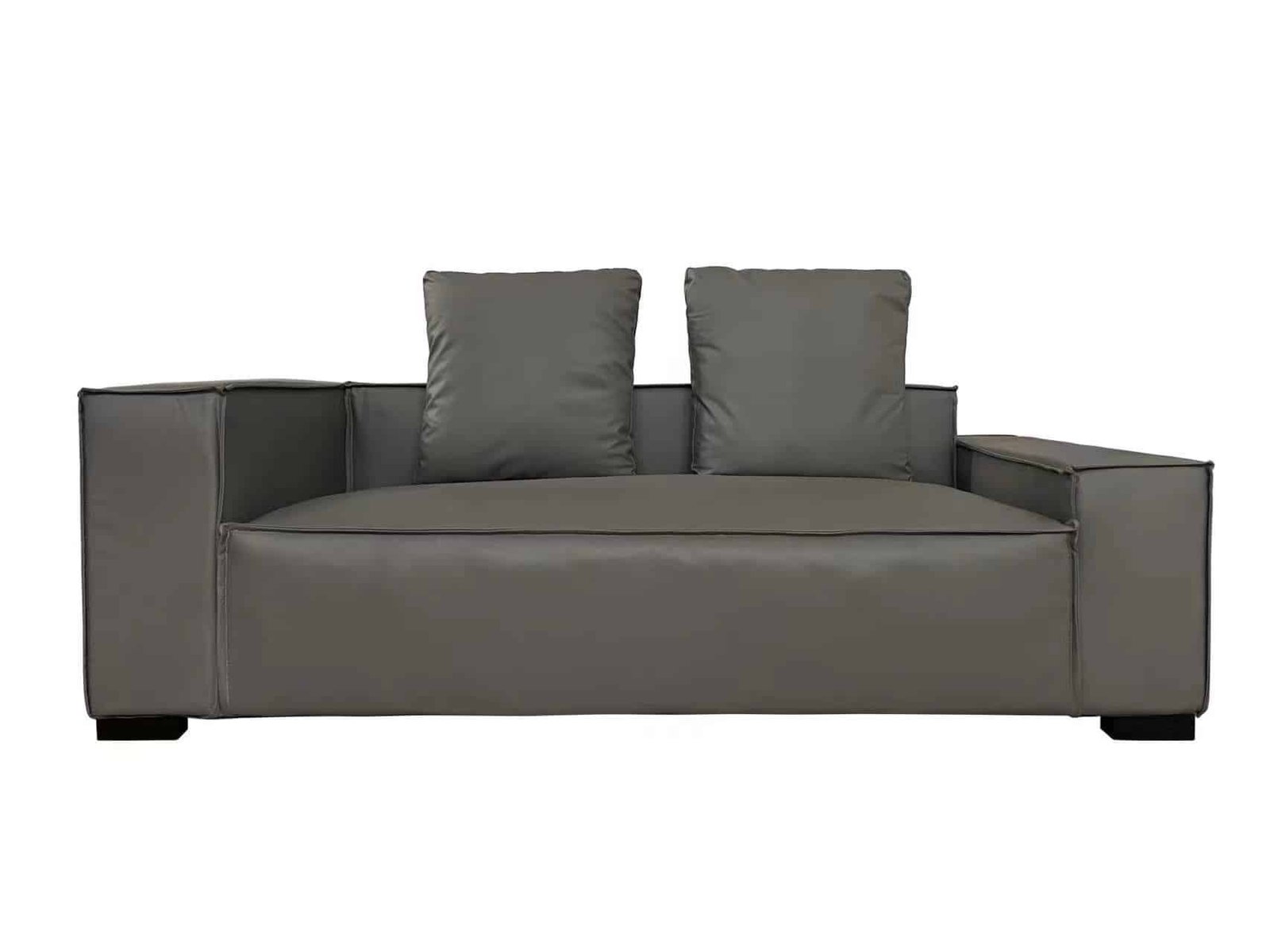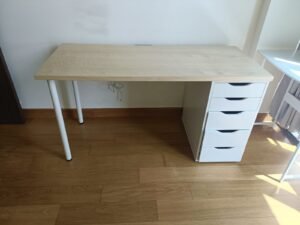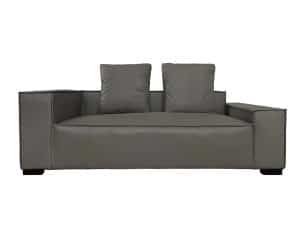Introduction: Reducing Waste for Second-Hand Purchases
In today’s world, reducing waste for second hand purchases is not only a smart economic decision, but it’s also an essential step towards a more sustainable future. With growing concerns about environmental impact, many consumers are turning to second-hand options to reduce their carbon footprint. Buying pre-owned goods, especially furniture, offers an eco-friendly alternative that benefits both the planet and your wallet. In this article, we’ll explore the significant advantages of purchasing second-hand items and how it can play a vital role in reducing waste and conserving resources. As we explore ways to reduce waste through second-hand purchases, it’s also worth considering the broader movement toward sustainability in home decor. Learn more about the future of home design in our post on embracing sustainable furniture trends.
1. The Environmental Impact of New Purchases
When we purchase new items, especially furniture, the environmental cost is often hidden. Manufacturing new products requires raw materials, energy, and transportation, all of which contribute to carbon emissions. By choosing second-hand purchases, you help decrease the demand for new manufacturing, thus reducing waste for second-hand purchases and conserving natural resources. The more people turn to pre-owned goods, the less pressure there is on industries to create wasteful, disposable products.
For example, the furniture industry has a significant environmental impact. Wood used in furniture production often comes from unsustainable sources, while synthetic materials like plastic and foam contribute to landfill waste. By opting for second-hand purchases, you directly reduce the demand for these harmful production processes and their associated waste.
2. Benefits of Choosing Second-Hand Furniture
Second-hand purchases, especially when it comes to furniture, offer many benefits beyond just the environmental ones. For starters, reducing waste for second-hand purchases buying is cost-effective. High-quality pre-owned furniture often comes at a fraction of the price of new items, which can significantly reduce your overall spending. Many second-hand furniture pieces are made from durable materials, meaning they can last for years—sometimes even longer than new furniture built with cheaper, mass-produced materials.
Moreover, buying second-hand encourages creativity and uniqueness. Pre-owned furniture often features distinctive styles, and you may find pieces that aren’t available in modern stores. These items can add character to your home while still serving practical functions. Plus, choosing second-hand means you’re also helping to support local businesses or individuals, adding another layer of community-based benefit.
3. Supporting a Circular Economy
The concept of a circular economy revolves around minimizing waste and maximizing the reuse and recycling of products. By purchasing second-hand items, you’re supporting this system, which helps reduce the flow of materials into landfills. Second-hand markets play a significant role in the circular economy, ensuring that goods have a longer life cycle. This ultimately reduces the environmental impact by ensuring fewer new products need to be made.
In this model, items are continuously reused, repaired, and repurposed. This goes beyond just buying second-hand products; it involves adopting a mindset that encourages sustainability and the longevity of items we already own. By participating in this system, you contribute to a greener future by keeping more items in circulation for as long as possible.
4. How Second-Hand Purchases Contribute to Waste Reduction
One of the main reasons for reducing waste for second-hand purchases is the direct impact it has on the amount of waste generated. According to research, the average person generates tons of waste every year, and a significant portion of it is from items that could have been reused, such as furniture, clothing, and electronics. Every time we buy something new, we contribute to this cycle of waste.
Purchasing second-hand items reduces this problem by extending the life of products that might otherwise be discarded. The items that find a second life through resale or donation stay out of landfills, helping to ease the pressure on waste management systems. This practice not only reduces waste but also saves energy and resources that would have been used in manufacturing and processing new products.
5. The Role of Secondhand Stores and Online Marketplaces
One of the easiest ways to find second-hand purchases is through local secondhand stores and online marketplaces. Secondhand stores often curate a variety of high-quality items, including furniture, electronics, and decor, at affordable prices. These stores give new life to products that would otherwise go unused and offer an easy way for consumers to make more sustainable choices.
Online marketplaces like eBay, Facebook Marketplace, and Craigslist also provide convenient platforms for buying second-hand items. These platforms offer a wide variety of products, from everyday household goods to rare, antique pieces of furniture. Using these platforms means you’re actively engaging in reducing waste reducing waste for second-hand purchases while also finding unique and cost-effective items for your home.
6. Practical Tips for Reducing Waste Through Second-Hand Shopping
While choosing second-hand purchases is an excellent way to reduce waste, it helps to follow some practical tips to make your experience more effective:
- Inspect items thoroughly: When buying second-hand furniture, always check for wear and tear. Look for any signs of damage or deterioration that may affect the item’s usability. It’s important to ensure you’re purchasing high-quality pieces that will last for years.
- Research local stores and online platforms: Take time to research second-hand stores in your area or browse online marketplaces. Each platform has its own advantages, whether it’s local store pickup or browsing a broader range of items online.
- Repurpose and upcycle: When buying second-hand furniture, don’t be afraid to get creative. A fresh coat of paint or new upholstery can make a significant difference in transforming an old item into something stylish and modern.
- Donate or resell old items: When you bring in second-hand purchases, consider donating or reselling items you no longer need. This creates a cycle of reuse and helps keep products in circulation.
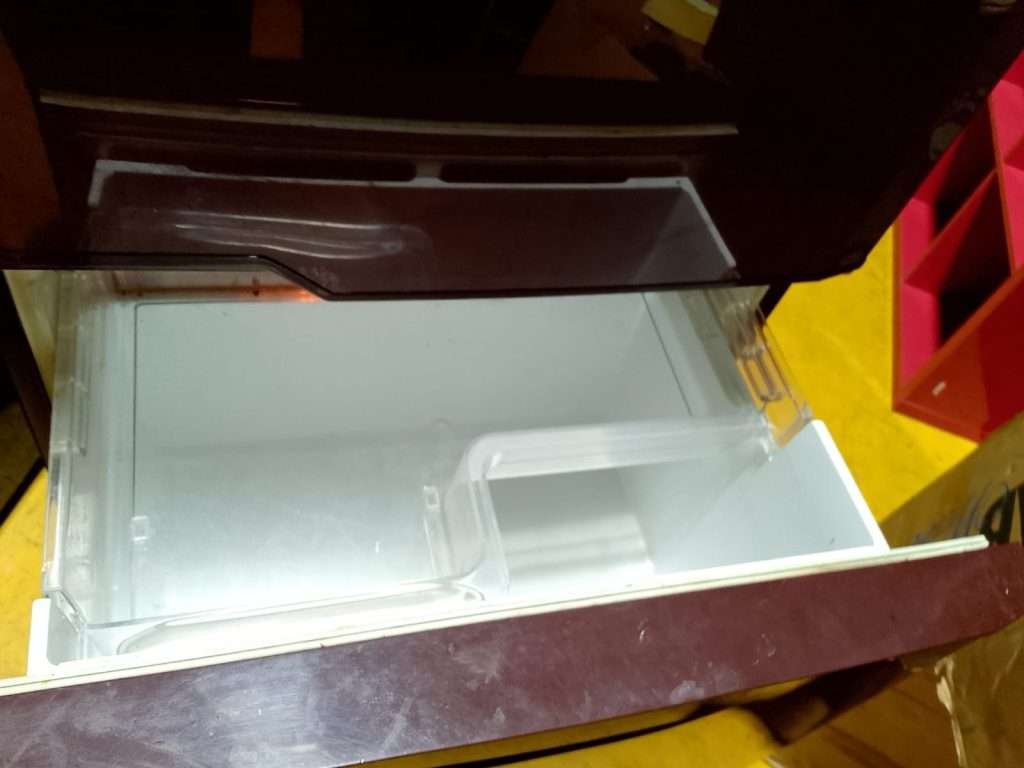
Conclusion: Making the Sustainable Choice with Second-Hand Purchases
Choosing to reduce waste for second-hand purchases is a powerful way to contribute to sustainability. By buying pre-owned furniture, electronics, and household goods, you can significantly cut down on the amount of waste generated and help conserve valuable resources. At Second Chance Furniture, we believe in making eco-friendly choices simple and accessible. Explore our selection of high-quality second-hand furniture, and make a positive impact on the environment while saving money.


